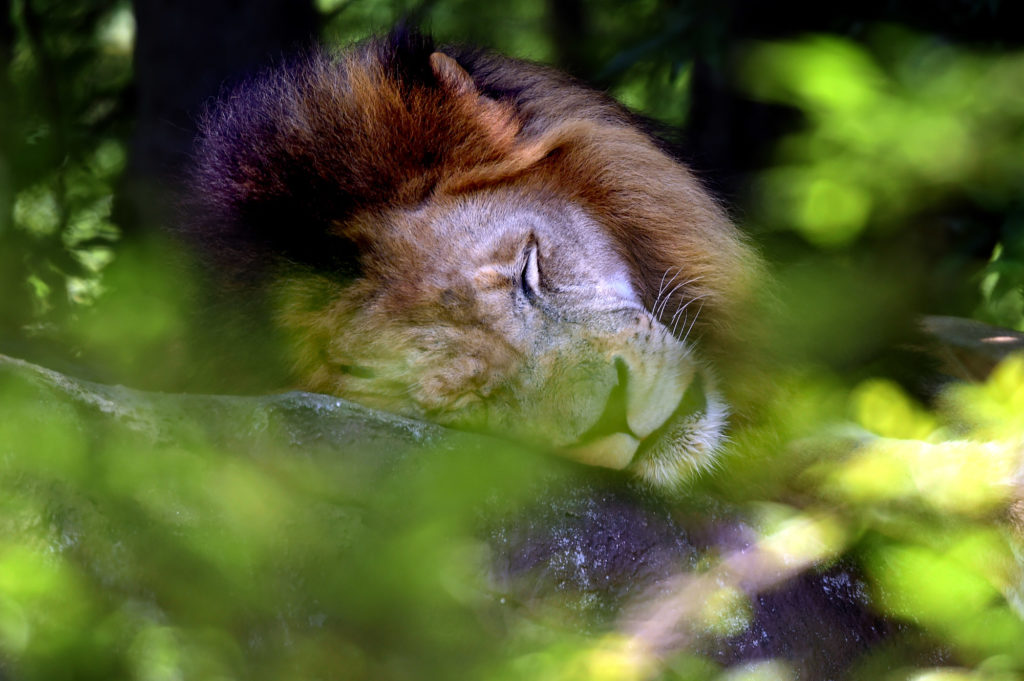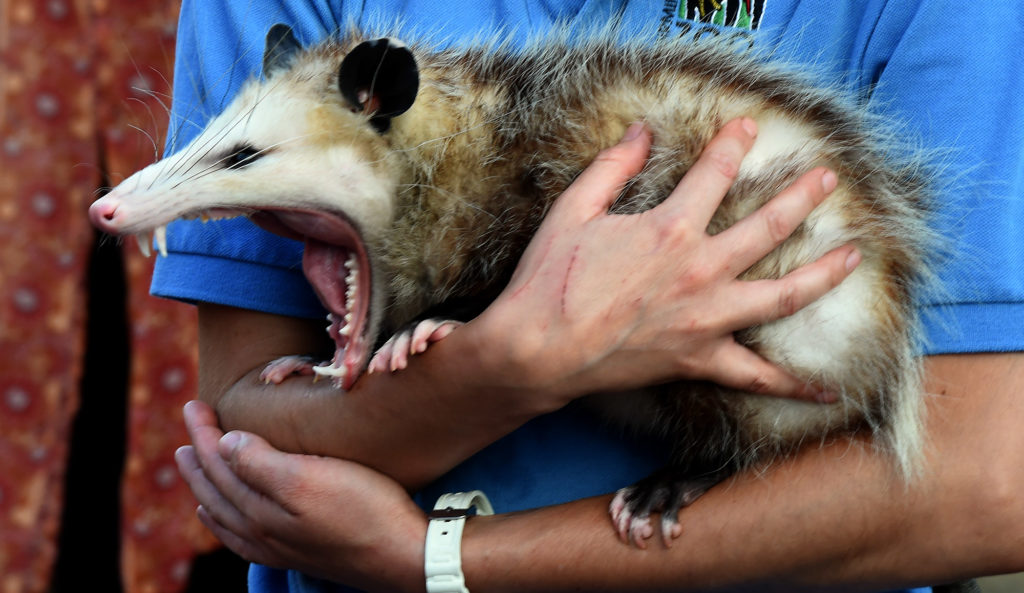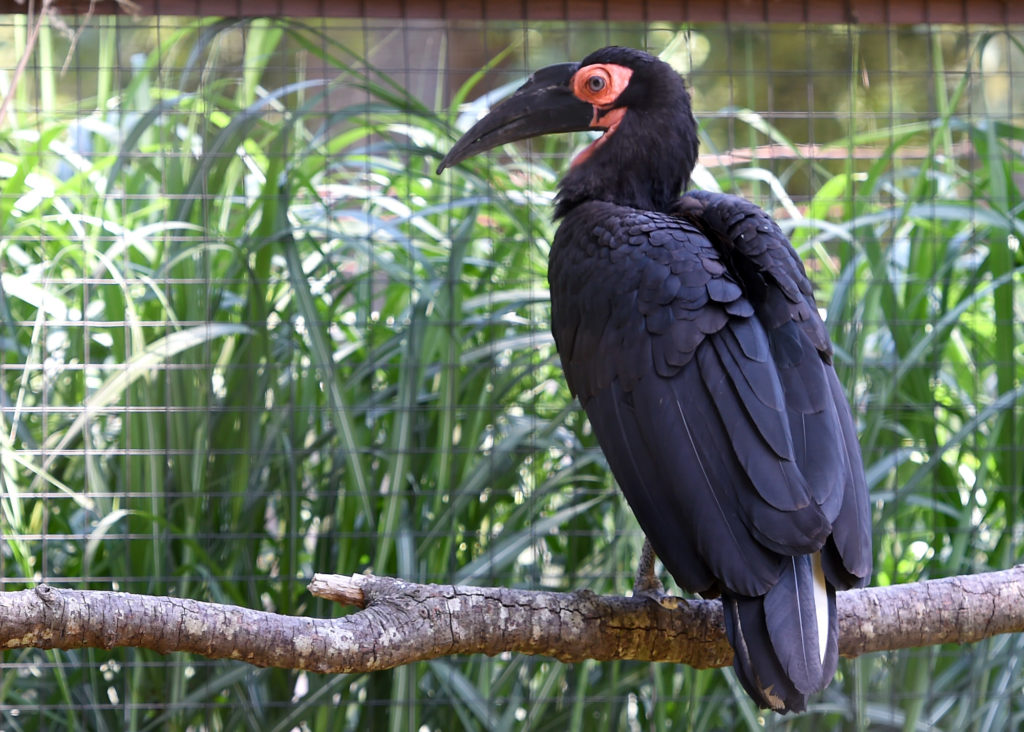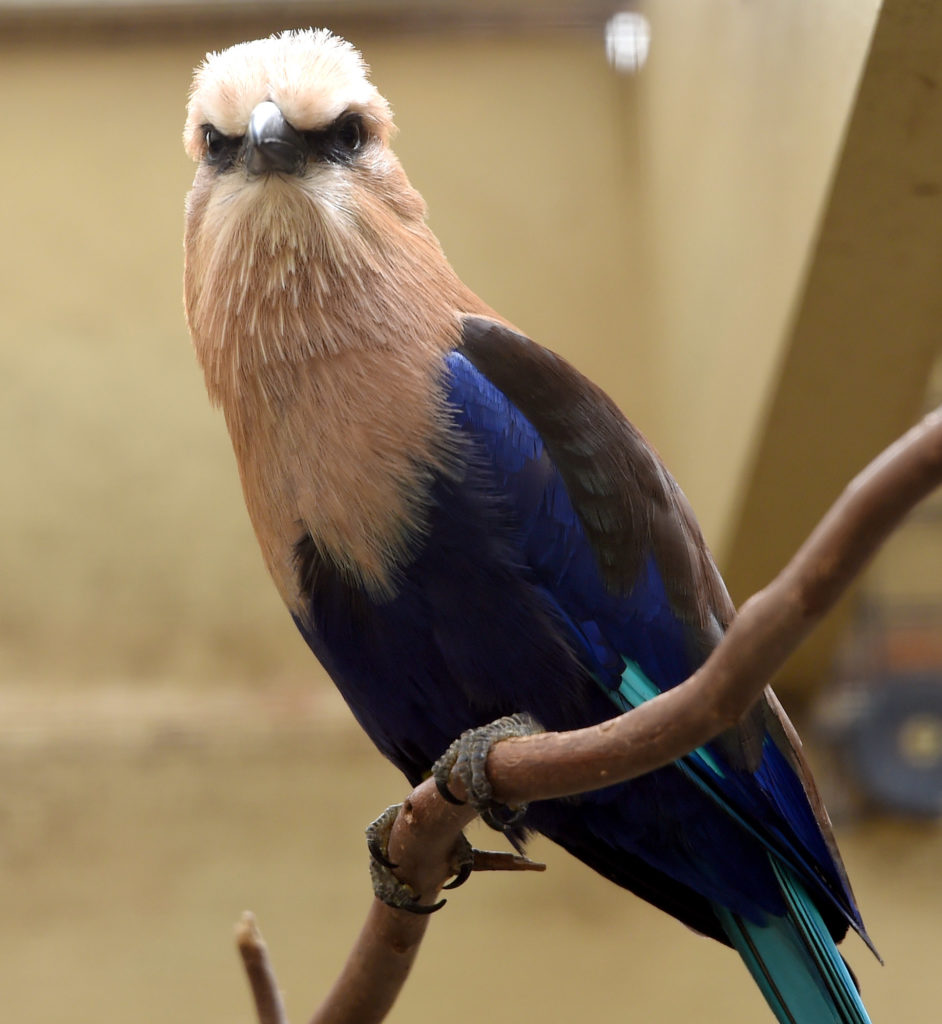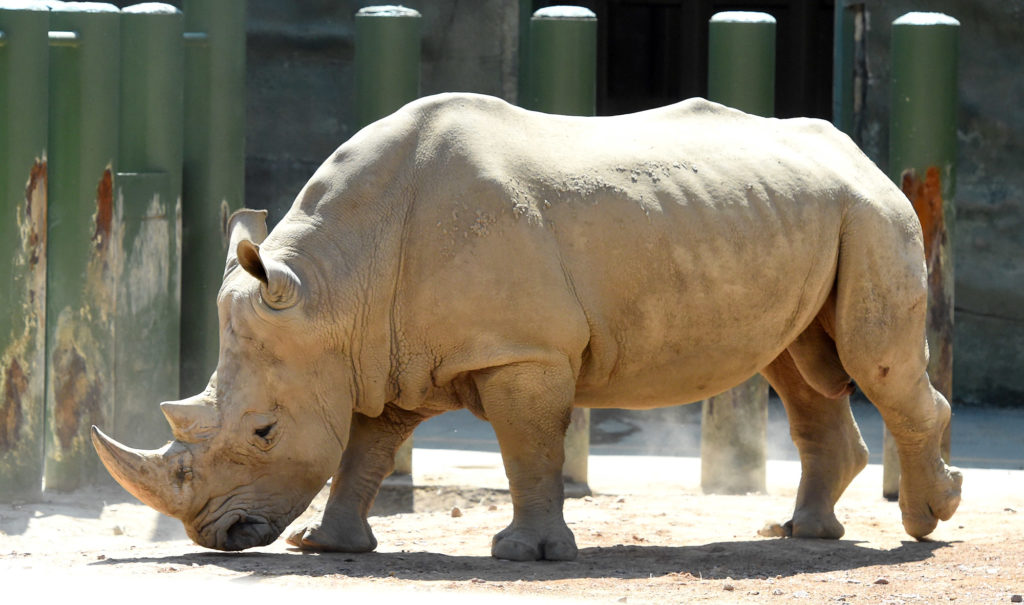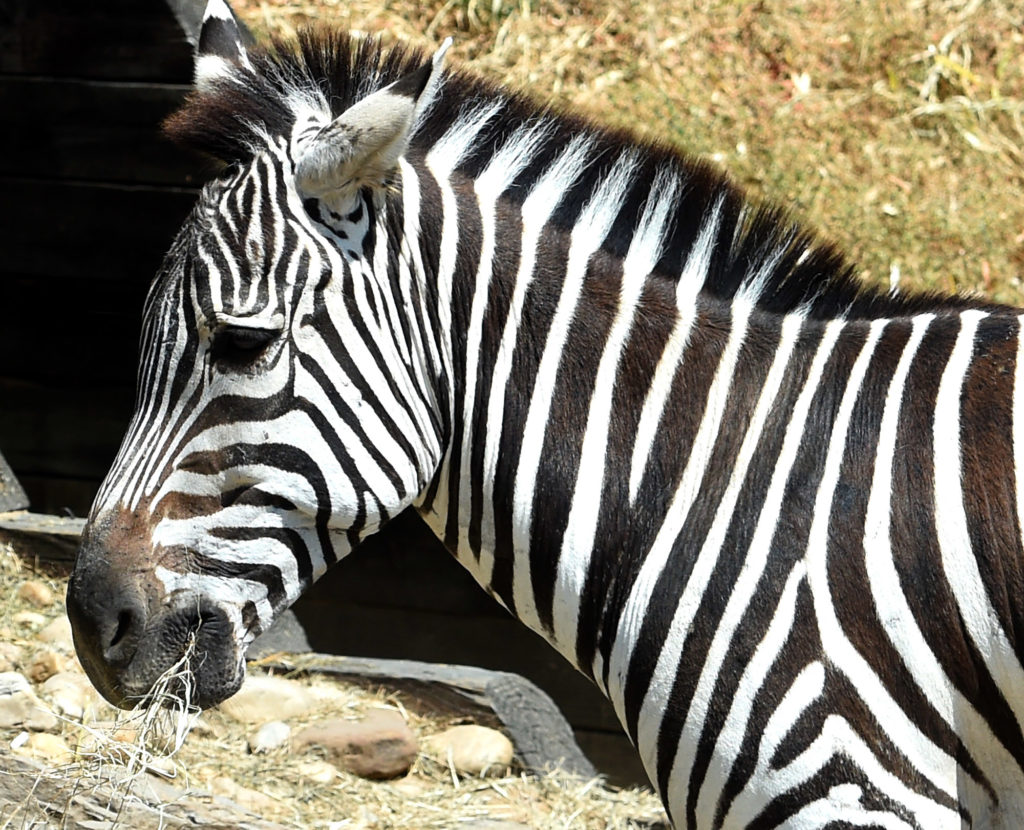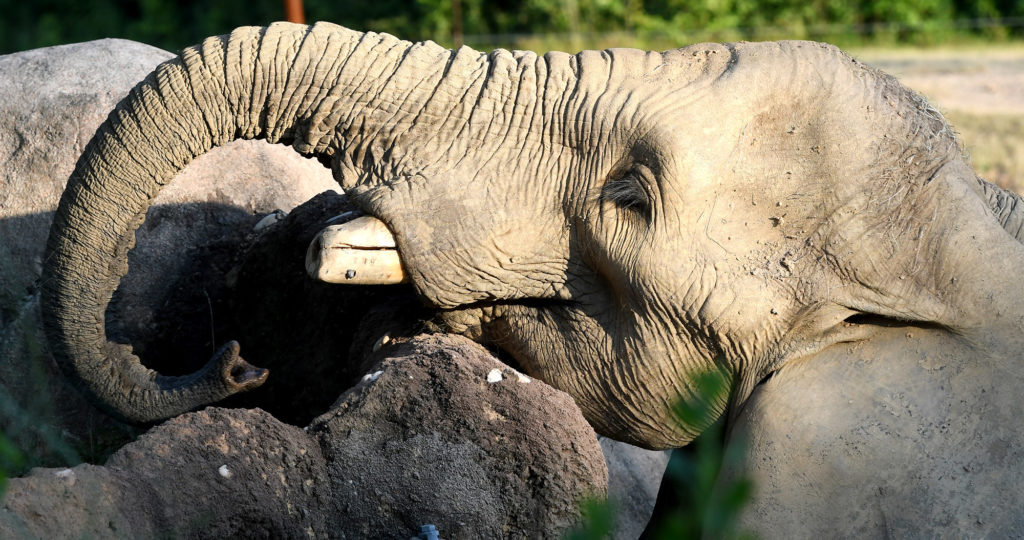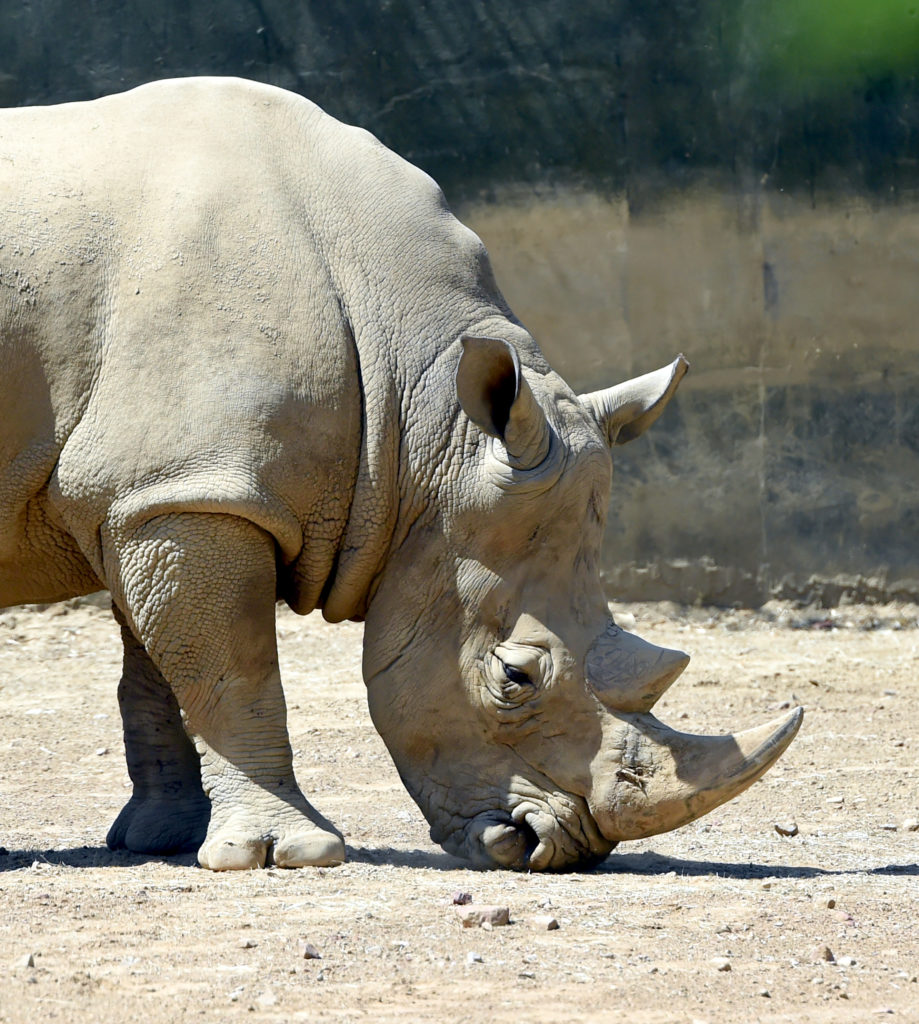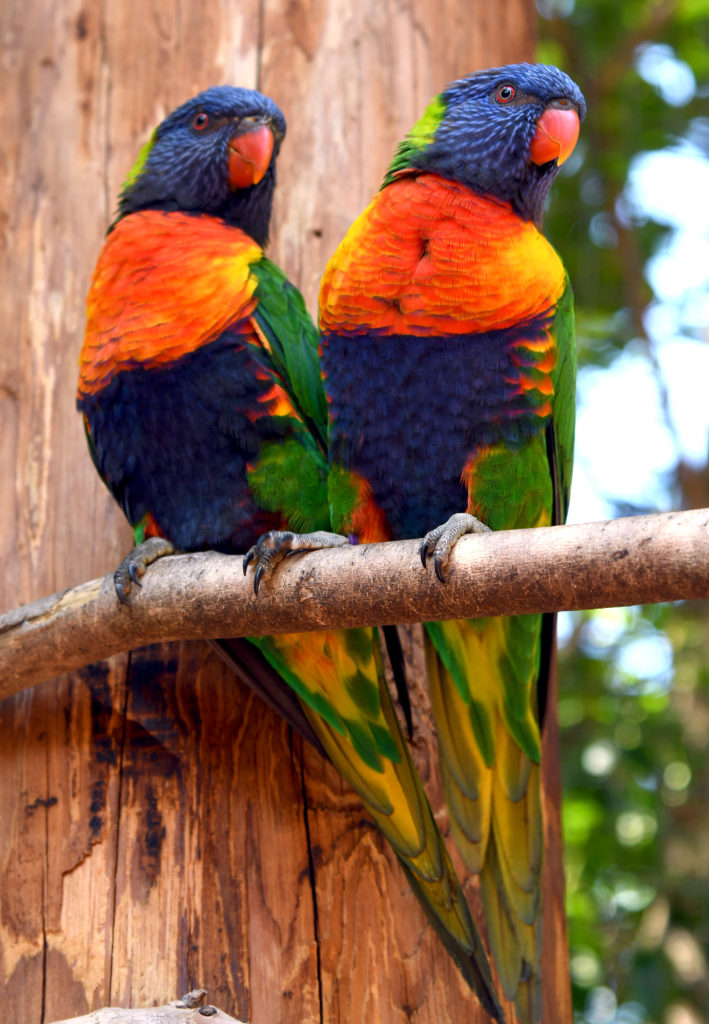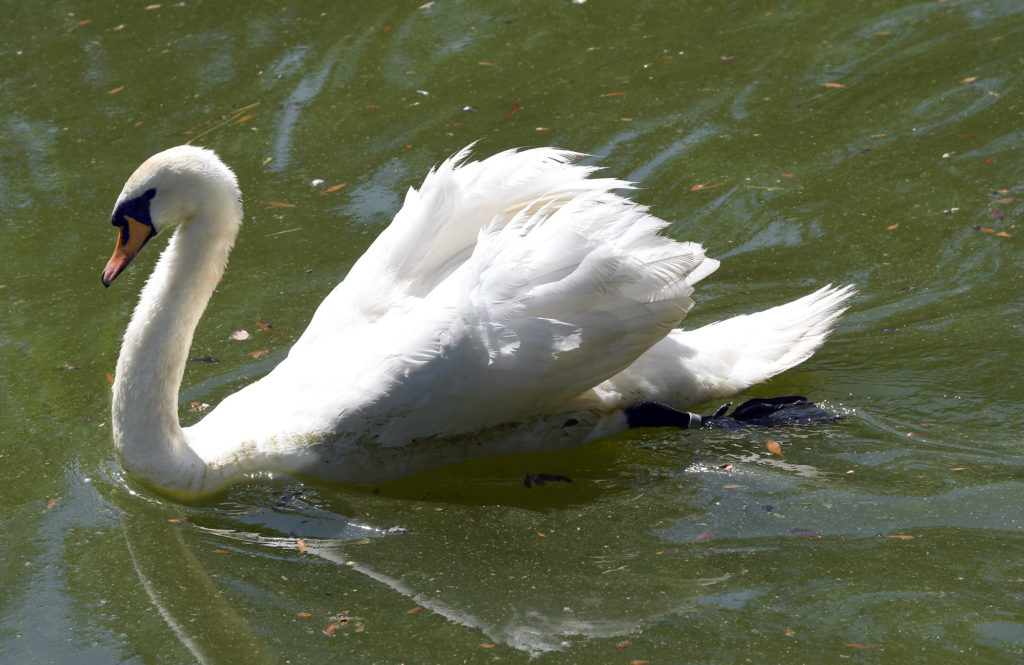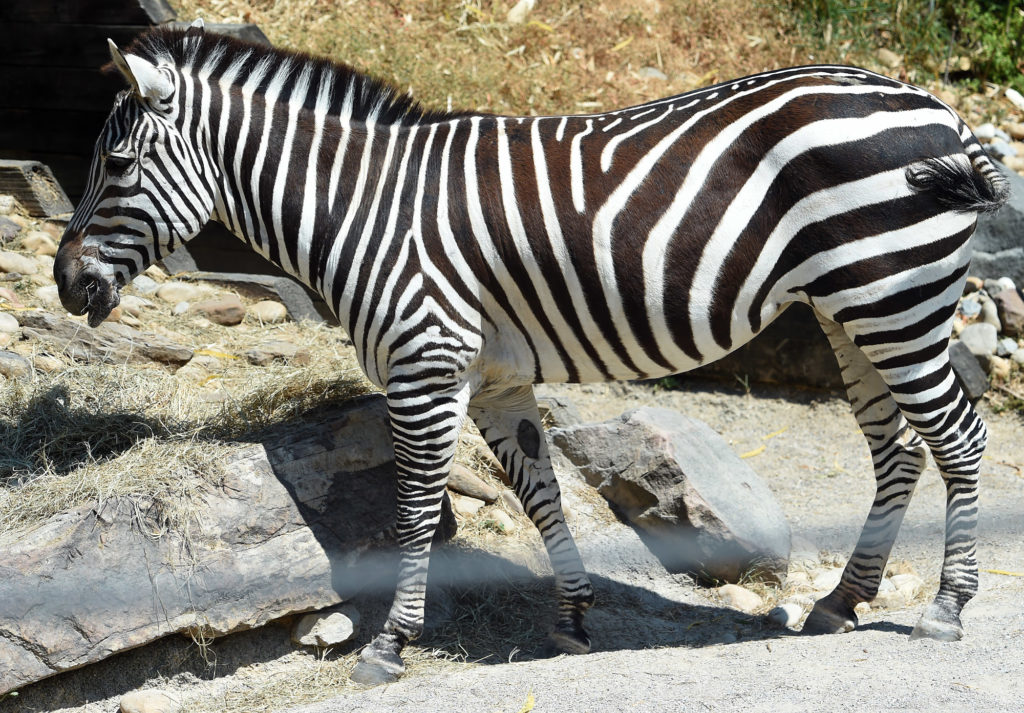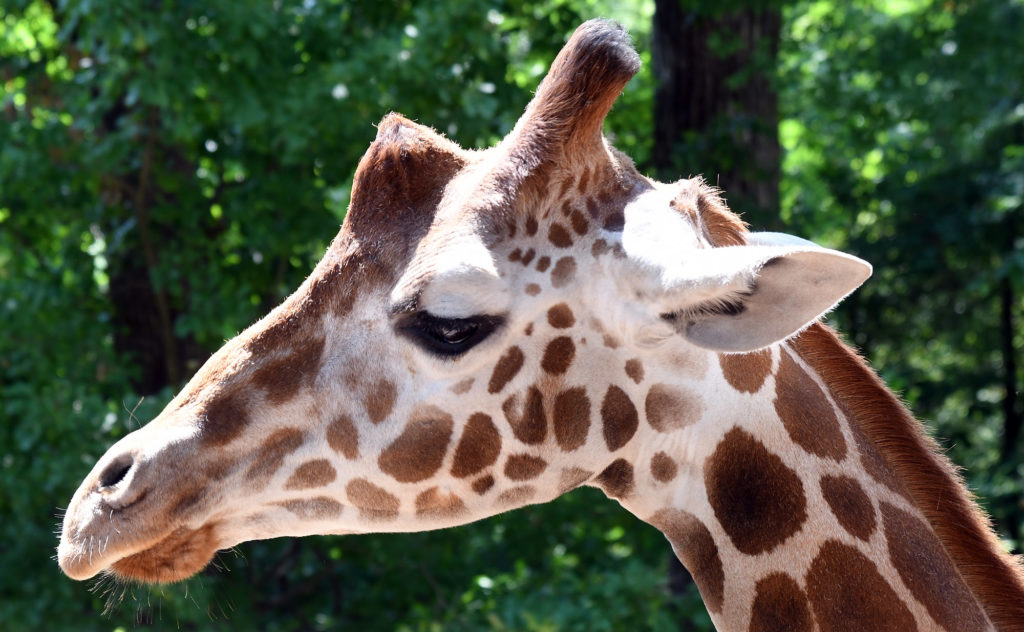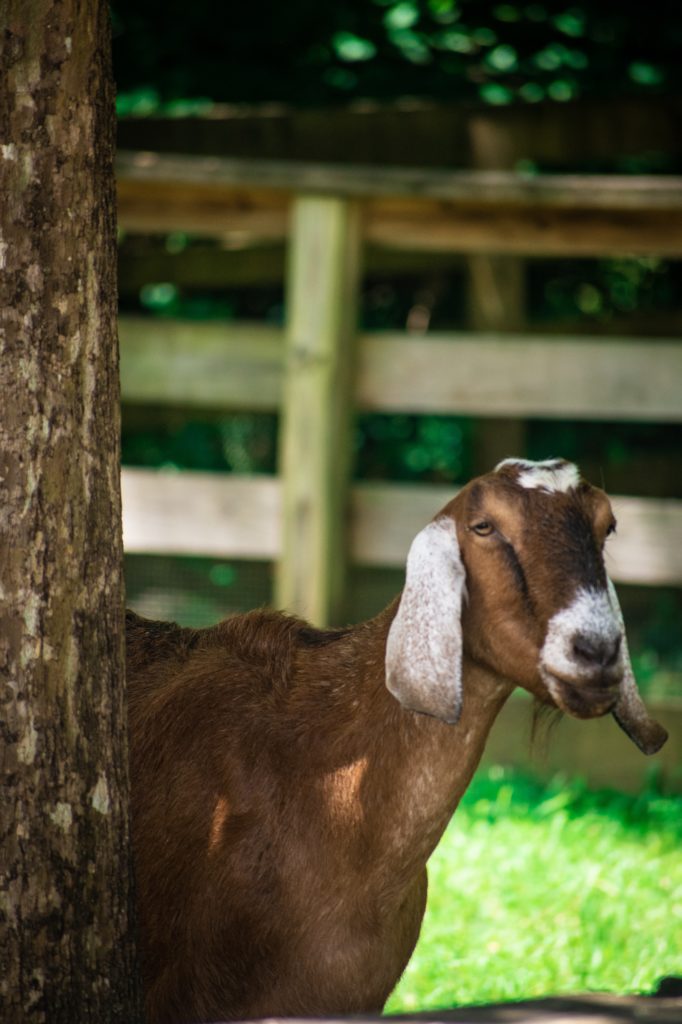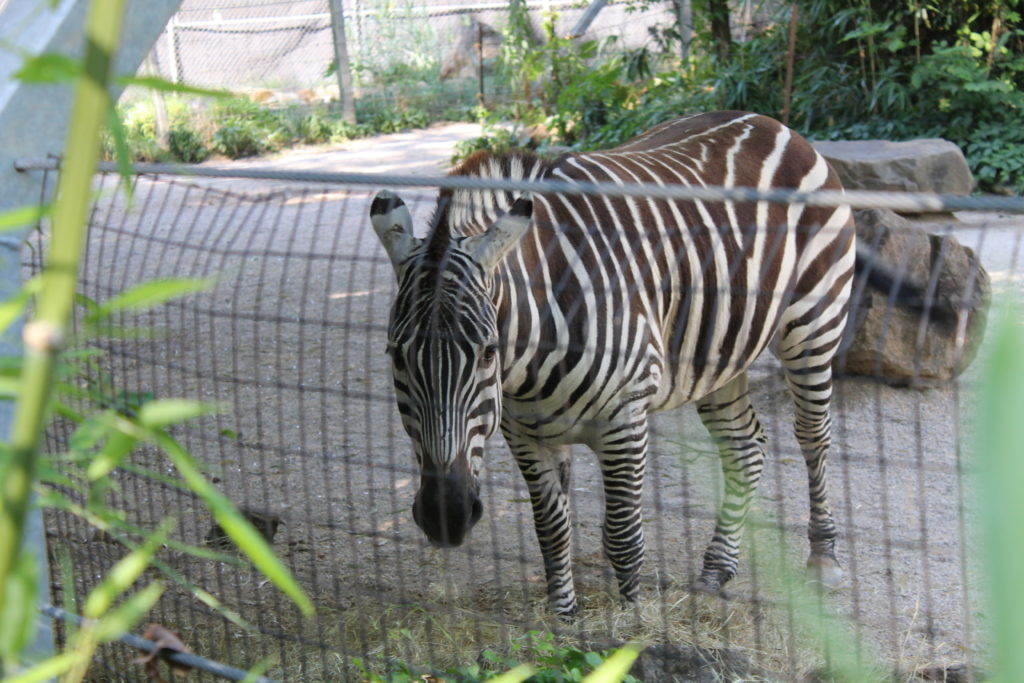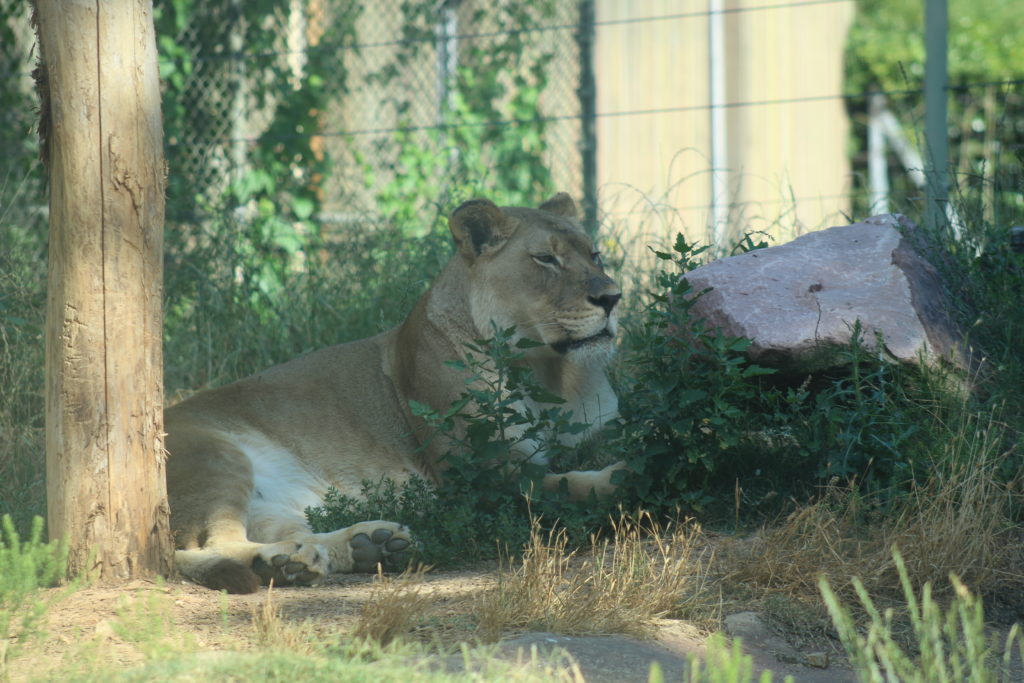By Ameera Steward
The Birmingham Times
Ritina Bailey of Bessemer has been a fan of the Birmingham Zoo for so long that she couldn’t wait for her daughter to have the same fun experiences. Bailey, 40, remembers visiting the zoo both as a little girl and while pregnant with her daughter, Rhylynne Fuller.
“I’ve been bringing her since she was about 9 months old. … She’s 4 [now],” said Bailey. “[The zoo offers] something for her to learn. She’s able to learn about the different animals … and just explore nature.”
Programs at the Birmingham Zoo are almost too numerous to count, and there is something for every member of the family—and even more programs are being added. The 122-acre facility has approximately 700 animals of 230 species from every continent, except Antarctica, including sea lions, rhinos, and endangered species.
“We’re not so big that you feel like you missed something. We’re also not so small that you go through and in a half–hour are like, ‘Am I done?’, said Chris Pfefferkorn, who has been the zoo’s president and CEO since July 2018. “I think you could easily spend two or three hours here and have a great time. … Our guest experience can set that apart.”

Must-See Attractions
In June, the zoo held a ribbon cutting and grand opening of the New Arrival Experience and Welcome Plaza, which includes the Hugh Kaul Plaza, a first-aid station, administrative offices, rental space, a larger gift shop, a new membership office, and the Altec/Styslinger Learning Center.
Those efforts were the second part of a three–phase, $18 million Renew the Zoo plan. The first phase, Henley Park was completed in 2017, and the final phase—the new Arrival Experience and Asian Passage, which will have exhibits for endangered Asian animals—slated for 2021. It’s all part of making the largest zoo in Alabama a must-see attraction not only for Birmingham but also across the state.
Pfefferkorn believes the zoo plays an important role in helping the community grow.
Just as with Bailey and her daughter, “[The zoo] certainly has been ingrained in a lot of people’s memories. We talk to folks [who] came as kids and [are now] bringing their kids and their grandkids. For generations, people in Birmingham have connected with the zoo, and we want to make sure we keep doing that,” he said.
Alabama Wilds
The Birmingham Zoo stands out not just for the animals from abroad that people are familiar with but also for those found in Alabama, so people can “learn what’s in their backyard.”
“We all think about elephants … or kangaroos,” said Pfefferkorn. “People love the animals they see on TV, but it’s really important that we educate folks about and expose them to the animals in their own backyard.”
Alabama Wilds is the zoo’s native–animal collection, and it is being refurbished, said Birmingham Zoo Vice President of Education Roger Torbert.
“[The area] currently has wild turkeys, a vulture, a couple of owls, and a red–tailed hawk, and we’re bringing in some more … animals from around the area,” he said. “It’s really kind of like walking through the woods in Alabama. [It’s] a wooded area with a trail, so you feel like you’re out in the woods when you’re walking through.”
Also, at 9:30 every morning, a herd of trained goats runs around the Alabama Wilds trail for exercise during the Goat Walk, which children and families can watch. There also is a yard behind the barn, where there’s a goat show in the children’s zoo.
“Our goats are trained on an agility course, very similar to what is used to train dogs for shows. We train our goats to go through those behaviors, as well,” said Torbert, who added that the area will soon house a golden eagle, bobcat, and cougar exhibits.
The Birmingham Zoo is the only accredited Association of Zoos and Aquariums (AZA) institution in Alabama, “and it serves the entire region,” said Torbert.
“We have visitors not only from most counties in Alabama but also from Mississippi, Tennessee, and Georgia.”

Nature Play
Zoo officials said the experience involves more than just seeing animals. Last year, the zoo initiated the Nature Play program, which encouraged children to get outside and get away from devices.
“There are a lot of Nature Play components: collecting leaves, climbing trees,” Torbert said.
For older kids, the zoo focuses on science, technology, engineering, and math (STEM)–related activities. For instance, as a part of Zoo Keeper Camp, children arrive at 7 a.m. and help clean out the barn, so they “really get hands–on experience,” Torbert said.
Humble Beginnings
The Birmingham Zoo opened in 1955 in Avondale Park as a smaller facility. Eventually, a group of locals requested a larger zoo, and it moved to its current location—2630 Cahaba Rd., Birmingham, AL 35223—where it has been since 1955, averaging about 600,000 visitors annually.
The facility had been under the city of Birmingham until 1999, when it faced financial problems and lost its accreditation. Citizens stepped up, worked with then Birmingham Mayor Richard Arrington to form a committee, and created the not–for–profit Birmingham Zoo Inc., which currently oversees the facility with a private board. The zoo is a public-private partnership: the city of Birmingham owns all of the property, and Birmingham Zoo Inc. and its board and staff run the facility.
What are some of the attractions that make the zoo one of the city’s top attractions?
The Hugh Kaul Children’s Zoo
In addition to the main zoo, there is also the Hugh Kaul Children’s Zoo, which opened in 2005; it features a splash pad and the children’s zoo barn, as well as an interactive exhibit connected to Alabama Wilds via a trail behind the barn.
“That was really one of the first big exhibits that opened after we became a not–for–profit. We work really closely with the Junior League and several other local organizations to raise money for that,” said Torbert, who also called attention to the petting zoo, which is a more interactive barn.
“We do have animals that can be brushed, but it’s not your typical petting zoo,” he said.
The barn area has a rotating collection of animals, including sheep, goats, and a hog, which are probably the only animals in the zoo that can be touched by guests.
Elephants
The Birmingham Zoo also houses the only all-male African elephant herd in a U.S. zoo, Tolbert said. Typically, in zoos, because the females are dominant and lead the herds, there are a few females and one male. When a male is born, it can stay with that herd for a little while, but “then we have to find another place for it.”
In the wild, male elephants go through a training ritual before they start to mate and join another herd. Most zoos don’t provide that opportunity—but the Birmingham Zoo does.
“We have a dominant male elephant named Bulwagi, [who is 38-years-old],” Torbert said. “Over the last several years, we’ve actually had … three [young elephants] go through that process, … [which is] pretty long. It’s not like they’re here for a year and they go on; they stay for a while. Our last elephant recently graduated and was sent to another zoo’s breeding facility.”
Natural Habitat
At the Birmingham Zoo, steps are taken to make the animals feel as if they are in their natural habitats. Facility experts do research to make sure they understand the natural habitat of each animal. For example, the Trails of Africa exhibit, which features the elephants, was built to mimic where the African savanna elephant is found.
“It’s just a big open space for the animals to walk around,” Torbert said. “We make sure they have the nutrition they need and really make every effort to make sure what they eat mimics what they would have access to in the wild.”
The zoo recently received two new male elephants and will start the process all over again. The Birmingham Zoo is the only U.S. institution capable of observing male elephants in this way, so it supports a lot of research by collecting data and doing observations to help other zoos manage male elephants.
Pfefferkorn sees the zoo as an asset to Birmingham, and he and his team want to build on that “in a lot of different ways.”
“We want to be as inclusive as possible, making sure our programs and our guest experience are open to as many folks as possible, so they can enjoy [and take advantage of it]” he said. “We also partner with other organizations in Birmingham, finding ways we can either support or work with them.
“We have to promote Birmingham. We need people to move to Birmingham to work and to bring businesses here. If [someone] is looking to move across the country… [and live in] Birmingham, the zoo, Vulcan, and all of our parks … are part of that livability.”
The zoo needs YOU!
The nonprofit Birmingham Zoo relies on donations and fundraisers to support its myriad programs. A capital campaign helped open the zoo’s new entrance, for which there was a ribbon cutting on June 27. In addition, there have been capital campaigns for the now-completed Henley Park, as well as the upcoming Arrival Experience and Asian Passage, which will have exhibits for endangered Asian animals, slated for 2021.
The zoo receives income through admission costs, Birmingham Zoo Vice President of Education Roger Torbert said: “But that’s not enough to pay our bills, so we do work through our development department to raise [additional] funds.”
Want to donate to the Birmingham Zoo? Visit www.birminghamzoo or call 205-879-0409.






